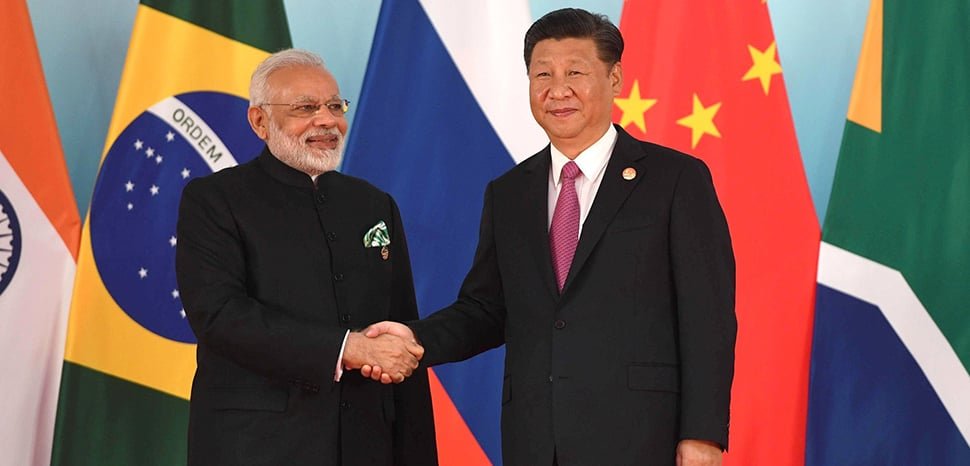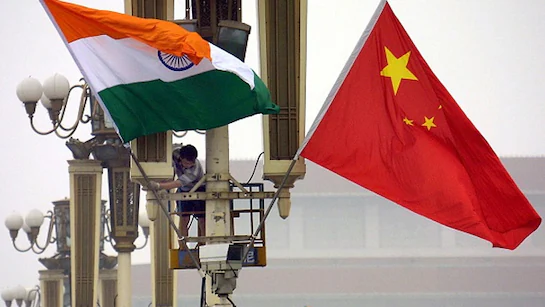
Overview—a tariff, not solely an economic impact
When U.S. President Donald Trump increased duties on Indian imports to a total of 50%, it signaled both a punishment for New Delhi’s continued purchases of Russian oil and a blunt instrument of diplomacy. The tariff shot had deeper implications than merely a trade disruption; it undercut the trust Washington had built with India as a strategic partner and created forces that might push New Delhi toward deeper economic integration with Beijing and other alternatives.
Immediate socioeconomic damage—the chaos of supply chains, as well as the winners and losers
The increase in tariff is bound to impact the United States-based demand-surface engineers and the gems and textiles sectors. Firms that had started to implement China-plus-one strategies by diversifying production into India have now furthered uncertainty. Some have reconsidered their supply chain strategies, while others have delayed moves on account of the sudden increase in tariffs nullifying price competitiveness. That instability is beneficial to other countries that provide lower tariffs or, in fact, lower-priced access to their markets, or it drives exporters back to the Chinese supply chain.
Political fallout—hard pressure and strategic autonomy

Apart from the economics, the tariff episode also ties into New Delhi’s long-held principle of strategic autonomy. India does not wish to be compelled on energy, defense, or foreign policy. In India, both public and elite commentary have characterized the tariffs as coercive diplomacy. In the words of some prominent economists, it is “negotiating with a gun to your head.” This posture makes strategic cozying up to BRICS partners and pragmatic engagement with Beijing politically and strategically sensible.
Beijing relations warming
There are already reports of New Delhi easing certain commerce restrictions with China, from discussing the restoration of flights to the resumption of trade contacts, which would have been unlikely while India felt secure in a Washington partnership. While these steps may not represent a fully strategic pivot, they signal a hedging strategy: maintaining U.S. defense ties while revamping economic relations with a major regional partner willing to absorb export demand and supply-chain flows.
Why China benefits (and why India isn’t choosing Beijing fully)
China is certainly not the automatic winner of a tariff tussle, but it is uniquely positioned to benefit: Beijing has scale, depth in manufacturing, and trade routes that can rapidly increase volume. Even so, New Delhi is not likely to abandon security cooperation with the U.S. Rather, it is a case of pragmatic rebalancing: greater access to China, stronger BRICS cooperation, and accelerated diversification towards Europe, Southeast Asia, and Africa to lessen the impact of unilateral shocks.
The corporate equation—supply chains determine more rapidly than politics.

In contrast to geopolitical concerns, multinationals look at costs and available markets in a timeframe of months. When tariffs increase suddenly, boardrooms re-evaluate physical presence:Greater duty exposure makes it less attractive to move investment to India unless political risk is managed. That stark logic is already slowing deals and driving some companies to retain their production in China or look for other lower-cost locations out of India—an example of the economic mechanism by which U.S. tariffs could encourage India to compete more vigorously with China.
What New Delhi can—and probably will—do next
India’s response to the situation at hand appears to follow three lines of action: (1) expedite negotiations with the U.S. to lift trade restrictions; (2) strengthen and accelerate market diversification (EU, Africa, ASEAN) and grant new incentives for exporters; and (3) reopen and, where politically possible, repair economic relations with China to stabilize supply chains and tourism. The net effect of this is not ideological alignment with Beijing but, rather, pragmatic hedging that weakens Washington’s diplomatic leverage.
Broader perspective—danger of a superficial partnership
As relations between India and the U.S. deepen to include defense cooperation, Washington’s trade policies are increasingly at odds with New Delhi’s interests. If the U.S. wants India as a geostrategic ally to counter China, India cannot be punished with trade restrictions, as these fracture economic interdependence and hand Beijing an opportunity to offer commercial relief. The tariff episode is a test: can the U.S. offer stable, predictable trade under India’s terms, rather than take a wait-and-see approach? If not, the strategic partnership, based on defense, will not carry long-term value.











